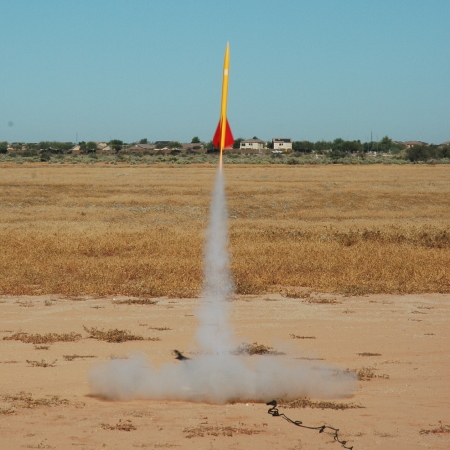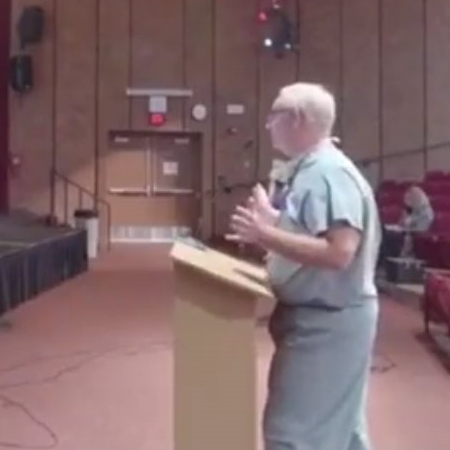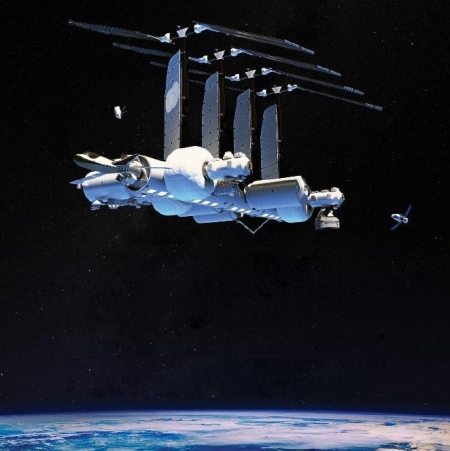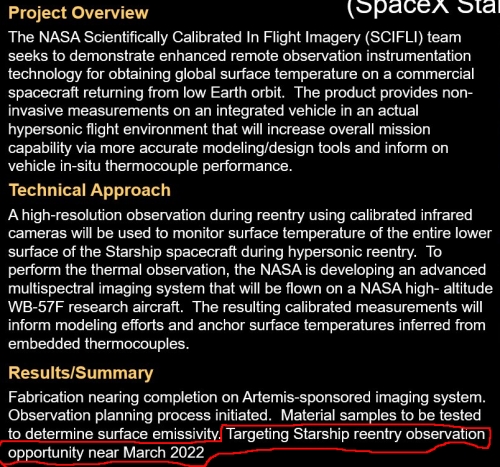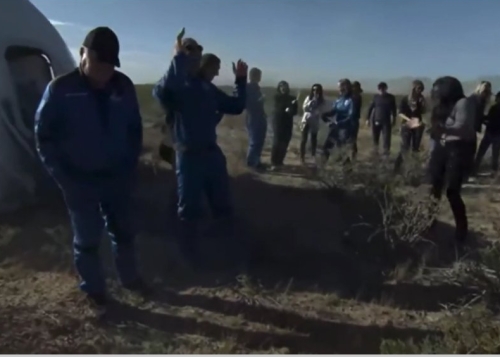Falcon Heavy gets another contract
Capitalism in space: With the announcement on October 30th that the Space Force has added a third military Falcon Heavy launch for ’22, the rocket is now scheduled to fly five times next year.
The addition of a third national security mission for Falcon Heavy will make for quite a scheduling challenge for SpaceX’s three-core rocket that also is projected to launch in 2022 a Viasat-3 commercial broadband satellite with an Astranis communications satellite as a secondary payload, as well as NASA’s Psyche planetary science mission.
The Space Force missions USSF-44 and USSF-52 both were scheduled to fly in 2021 but have been delayed by payload readiness and range scheduling issues. No target launch dates have been announced yet although the Space Force said they would happen in 2022. Falcon Heavy rockets lift off from NASA’s Kennedy Space Center.
It increasingly looks like 2022 will be a major record-setting year for rocketry.
Capitalism in space: With the announcement on October 30th that the Space Force has added a third military Falcon Heavy launch for ’22, the rocket is now scheduled to fly five times next year.
The addition of a third national security mission for Falcon Heavy will make for quite a scheduling challenge for SpaceX’s three-core rocket that also is projected to launch in 2022 a Viasat-3 commercial broadband satellite with an Astranis communications satellite as a secondary payload, as well as NASA’s Psyche planetary science mission.
The Space Force missions USSF-44 and USSF-52 both were scheduled to fly in 2021 but have been delayed by payload readiness and range scheduling issues. No target launch dates have been announced yet although the Space Force said they would happen in 2022. Falcon Heavy rockets lift off from NASA’s Kennedy Space Center.
It increasingly looks like 2022 will be a major record-setting year for rocketry.

